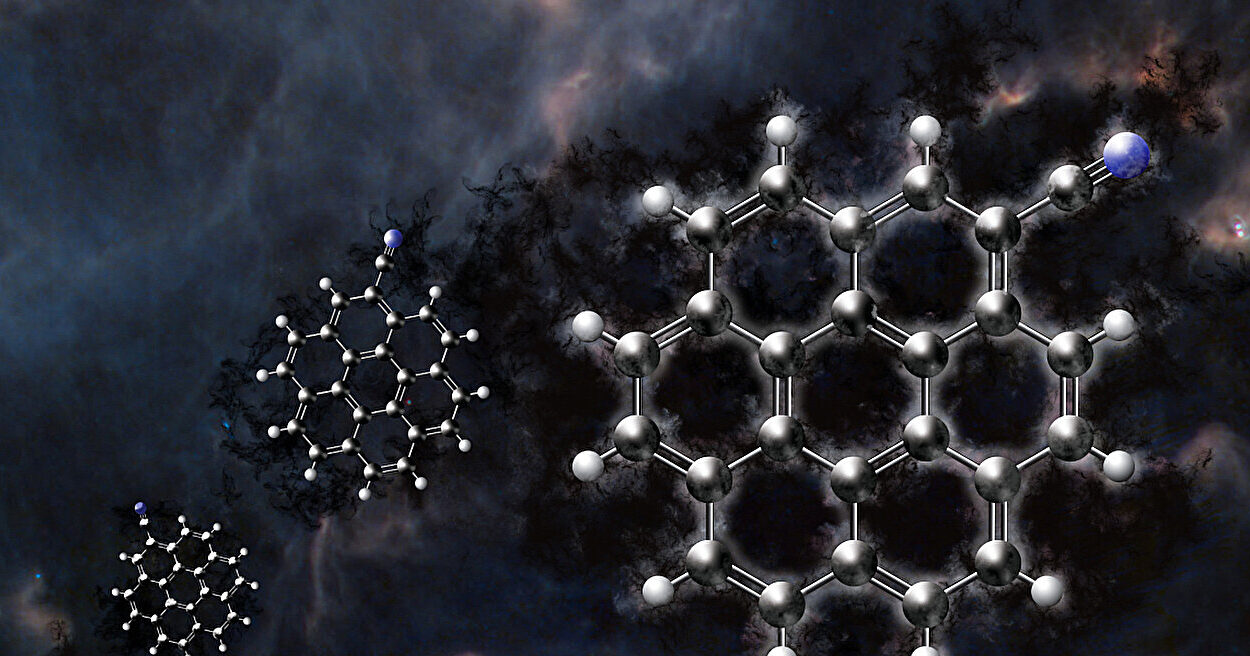For centuries, the glowing red dot in the night sky has captured human imagination like no other celestial body. Long before telescopes gave us detailed views, ancient astronomers noticed Mars’ distinct reddish hue, associating it with war, fire, and gods of battle. It’s the only planet whose surface we can see from Earth with the naked eye. As science advanced, that flickering red world became more than a symbol—it became a destination.
Today, Mars is no longer just myth or metaphor. It stands as the most plausible second home for humanity, the ultimate challenge, and perhaps our greatest adventure. But the question remains: Will humans ever live on Mars?
This question demands more than scientific curiosity. It demands imagination, innovation, endurance—and perhaps even a redefinition of what it means to be human.
Mars: A Harsh, Alluring Landscape
At first glance, Mars seems surprisingly Earth-like. It has polar ice caps, seasons, valleys, canyons, and even the remains of riverbeds that hint at a wetter past. A day on Mars (called a sol) is just 39 minutes longer than one on Earth. Its axial tilt is similar, which means it experiences seasons much like ours.
But that’s where the familiarity ends. Mars is a harsh, alien world. Its average temperature hovers around -80°F (-60°C), with extremes that can dip below -195°F (-125°C) at the poles. The atmosphere is 100 times thinner than Earth’s and composed almost entirely of carbon dioxide—unbreathable, frigid, and unable to protect inhabitants from solar radiation or micrometeoroid impacts.
Despite these challenges, Mars remains the most Earth-like planet in the solar system, and that makes it humanity’s best shot at interplanetary living.
Why Mars?
There are many reasons Mars, rather than the Moon, Venus, or the asteroids, has become the focal point for human colonization.
First and foremost, Mars has water. While not abundant on the surface in liquid form, water ice is locked in the polar regions and buried in the soil across much of the planet. Water means not only hydration—it means agriculture, breathable oxygen, and even hydrogen fuel.
Mars also has the right kind of soil for growing food in greenhouses with proper treatment. It has enough gravity—about 38% of Earth’s—to potentially avoid the most extreme physiological issues that come with weightlessness. Its day-night cycle is close enough to Earth’s that human circadian rhythms can adjust with minimal strain.
Perhaps most importantly, Mars is just reachable. At its closest approach, it’s about 34 million miles (55 million kilometers) away—a cosmic stone’s throw. With current propulsion technology, a one-way trip might take six to nine months. That’s long, but not insurmountable.
Other options, like Venus with its sulfuric acid clouds and crushing atmospheric pressure, or Jupiter’s moons buried in radiation belts, are far more hostile. Mars, for all its danger, offers a feasible path forward.
A New Space Race
The dream of reaching Mars is no longer confined to science fiction. Governments and private companies are actively developing the technology needed to land humans there. The 21st century has witnessed a modern-day space race—not between Cold War rivals, but between nations, corporations, and visionaries.
NASA’s Artemis program aims to return humans to the Moon as a stepping stone to Mars. Elon Musk’s SpaceX has stated, with characteristic ambition, that it intends to send humans to Mars within the next decade using its massive Starship rocket. China’s National Space Administration has outlined its own roadmap to Mars, and other agencies in Europe, India, and the UAE have their eyes on the Red Planet.
This shift from dream to blueprint is perhaps the strongest sign that Mars is no longer an abstract hope. We are building the tools, engineering the ships, and simulating the missions. And unlike past space efforts that stopped at planting flags, the goal now is permanence. The next great leap may not be a small step—it may be a homestead.
Getting There: The First Great Hurdle
Living on Mars is one thing. Getting there is another beast entirely.
The voyage to Mars is no cruise. A crewed mission will have to endure months of zero gravity, cosmic radiation, boredom, close quarters, and psychological strain. There will be no real-time communication with Earth—messages will take anywhere from 4 to 24 minutes to transmit each way depending on the planets’ positions. A phone call home won’t be possible.
A Mars spacecraft will need to be not only a vehicle but a self-contained life-support system. It must recycle air and water, grow or store enough food, shield against radiation, and remain operational for months—possibly years—without major repairs.
Then comes the landing. Mars’ thin atmosphere is just enough to create violent turbulence, but not thick enough to allow traditional parachute landings like on Earth. Every successful robotic mission has had to combine heat shields, retro-rockets, sky cranes, and airbags to land safely. Doing this with humans—and their habitats and cargo—is a monumental engineering challenge.
Yet every robotic mission that lands successfully—like NASA’s Perseverance rover—brings us closer to solving these problems. We are learning the terrain, testing the gear, and preparing for the most complex human expedition in history.
Life on Mars: The Martian Base
Assuming we can get to Mars and land safely, the next question is: how do we survive?
At first, any human settlement will resemble a lunar outpost or Arctic research station—a cluster of pressurized habitats, solar arrays, communication dishes, and scientific labs. The atmosphere is unbreathable, so spacesuits will be mandatory outside. The cold will be bone-chilling. Dust storms may last for weeks, dimming sunlight and threatening power systems.
Radiation is one of the most pressing concerns. Without a strong magnetic field or thick atmosphere, Mars is bombarded by cosmic rays and solar particles. Prolonged exposure can damage DNA, increase cancer risks, and degrade electronics. Future habitats may be buried underground, covered with regolith (Martian soil), or built within lava tubes—natural tunnels created by ancient volcanic activity.
Water will likely be extracted from ice deposits and soil moisture, filtered, and recycled. Oxygen may be generated via electrolysis or chemical separation from Martian CO₂. Food will be grown in hydroponic or aeroponic systems, possibly supplemented by algae and lab-grown proteins.
Every aspect of daily life—air, water, power, food, waste—will require constant maintenance. Nothing can be wasted. Redundancy and resilience will be key. On Mars, nature is not your friend.
Terraforming: The Long Game
Some visionaries argue that we shouldn’t just visit Mars—we should transform it. Terraforming Mars would mean engineering the planet to become more Earth-like: warmer, wetter, and potentially breathable.
One proposal involves thickening Mars’ atmosphere by releasing greenhouse gases, warming the planet, and melting the polar ice caps. This could, in theory, create rivers, lakes, and a more temperate climate. Others suggest placing massive mirrors in orbit to reflect sunlight and raise temperatures.
More radical ideas include seeding the planet with engineered microbes to slowly produce oxygen, or detonating nuclear devices over the poles to jumpstart atmospheric change—a controversial suggestion often attributed to Elon Musk.
The truth is, terraforming is a colossal undertaking. It would require centuries or millennia, unimaginable energy, and international coordination. Mars lacks a magnetic field to retain any new atmosphere, and gravity might not be strong enough to hold one long-term.
Still, the dream persists. Terraforming Mars would represent humanity’s ultimate triumph over nature. It would not merely mean survival—it would mean true colonization. A new Earth, shaped by our own hands.
Psychological Frontiers
Physical survival on Mars is one thing. Psychological survival is another.
Humans are social creatures, and isolation can be deadly. A Mars mission means years away from Earth, in a small crew, confined quarters, and an alien world. No natural air, no green trees, no blue sky. No ocean or rain. The silence will be profound.
Mars astronauts and settlers will need not just training, but mental fortitude. Artificial environments must include greenery, light cycles, and stimulation to preserve mental health. Relationships will be under strain, boredom will be a threat, and depression may be common.
Virtual reality, entertainment systems, and real-time simulations of Earth could help. But this frontier is as psychological as it is physical. To live on Mars, we will need to rethink what it means to feel at home.
Ethical and Philosophical Questions
Colonizing Mars raises deep ethical questions. Who gets to go? Who governs? If we find microbial life, do we have the right to settle? If Mars is pristine and lifeless, do we have the right to change it?
Should Mars be a backup for humanity in case of Earth’s collapse—or a sacred responsibility not to be taken lightly? Should we protect Mars as a scientific preserve, or embrace it as our next home?
Many scientists and ethicists warn against a rush to colonize without addressing these questions. Others argue that expanding into space is our destiny, and Mars is merely the first step.
How we answer these questions will define the kind of civilization we become.
When Will It Happen?
So, will humans ever live on Mars? The short answer: very likely, yes. The longer answer: not soon, not easily, and not without setbacks.
A crewed landing on Mars might occur within the next 15 to 30 years. Building a sustainable settlement could take decades more. A self-sufficient Martian colony—capable of surviving without constant shipments from Earth—may take a century or more. But every technological leap brings us closer.
What’s clear is that the dream is alive, and no longer confined to fiction. We are testing rockets, designing habitats, mapping landing zones, and building the next generation of explorers.
If we persevere, the first human footstep on Mars will not be the end of the journey—it will be the beginning of a new chapter in human history.
Conclusion: The Red Frontier
Mars stands before us as both challenge and promise. It is a hostile world that demands everything from us—our brightest minds, our boldest ambitions, our deepest courage. But it also offers something in return: a second chance.
To reach Mars is to become more than a planetary species. It is to affirm that we are willing to go, to grow, to risk, and to reach. It is to declare that humanity does not fear the unknown but embraces it.
Will humans ever live on Mars? The odds say yes. The timeline is uncertain. The journey will be long. But the dream is real. And if history is any guide, what we dream—given time, passion, and purpose—we eventually achieve.
Mars awaits.






